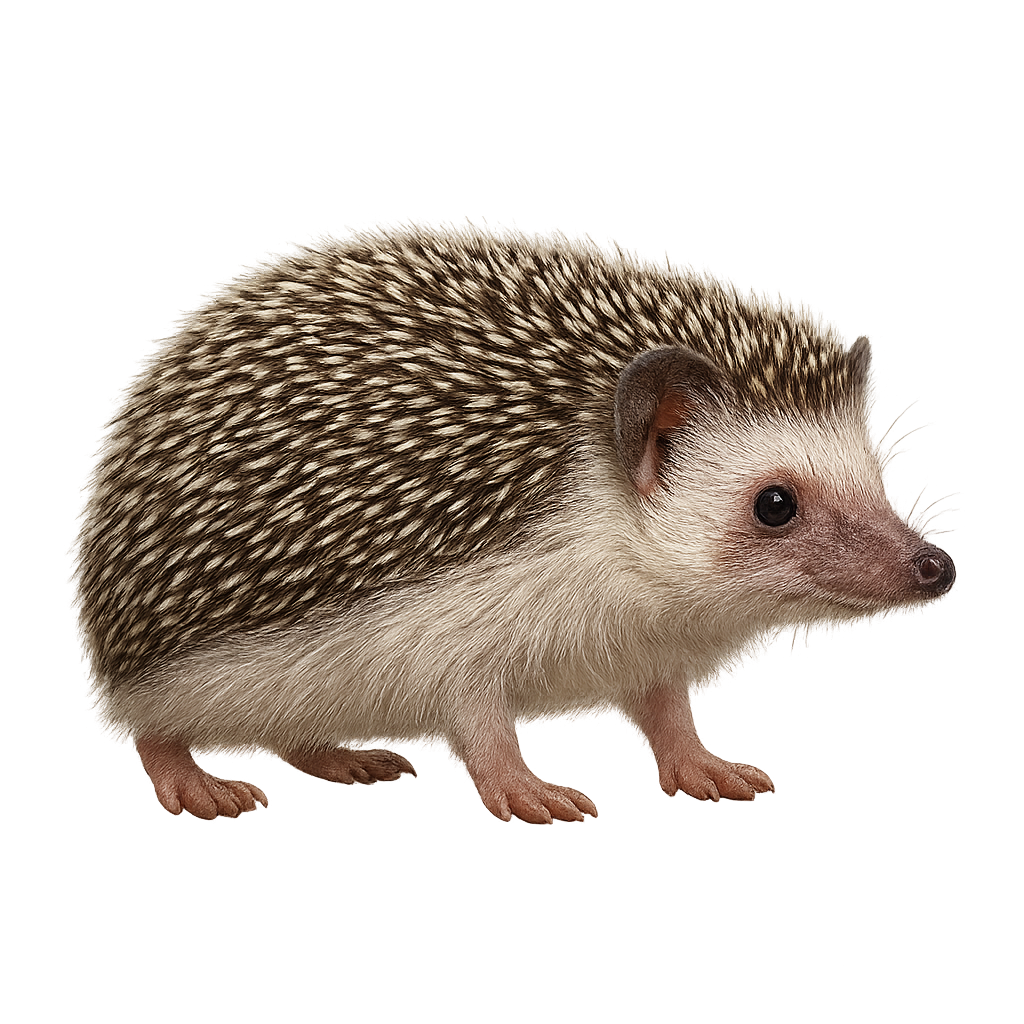Your wildlife photography guide.
Explore the african pygmy hedgehog in detail, study its behavior, prepare your shots.
Where to observe and photograph the african pygmy hedgehog in the wild
Learn where and when to spot the african pygmy hedgehog in the wild, how to identify the species based on distinctive features, and what natural environments it inhabits. The WildlifePhotographer app offers tailored photography tips that reflect the african pygmy hedgehog’s behavior, helping you capture better wildlife images. Explore the full species profile for key information including description, habitat, active periods, and approach techniques.
African Pygmy Hedgehog
Scientific name: Atelerix albiventris

IUCN Status: Least Concern
Family: ERINACEIDAE
Group: Mammals
Sensitivity to human approach: Tolerant
Minimum approach distance: 3 m
Rut period: May to June
Gestation: 30-35 jours
Births: June to July
Habitat:
savannah, open forests, shrublands
Activity period :
Mainly active at night, generally discreet during the day.
Identification and description:
The African Pygmy Hedgehog, scientifically known as Atelerix albiventris, is a small insectivorous mammal native to sub-Saharan Africa. It is easily identifiable by its spiny back and white belly. This hedgehog measures about 15 to 25 cm in length and weighs between 300 and 600 grams. Primarily nocturnal, it feeds on insects, small invertebrates, and occasionally fruits. In captivity, it is often kept as a pet due to its compact size and generally docile nature. However, it requires specific care, including a suitable habitat and balanced diet to remain healthy.
Recommended lens:
Macro – adjust based on distance, desired framing (portrait or habitat), and approach conditions.
Photography tips:
To photograph the African Pygmy Hedgehog, it is advisable to use a macro lens to capture the details of its spines and face. Being a nocturnal animal, it is best to photograph it early in the morning or late in the day when the light is soft. Use a tripod to avoid motion blur and be patient, as these small mammals can be shy. Make sure not to use direct flash to avoid startling them.
The WildlifePhotographer App is coming soon!
Be the first to explore the best nature spots, track rutting seasons, log your observations, and observe more wildlife.
Already 1 449 wildlife lovers subscribed worldwide

